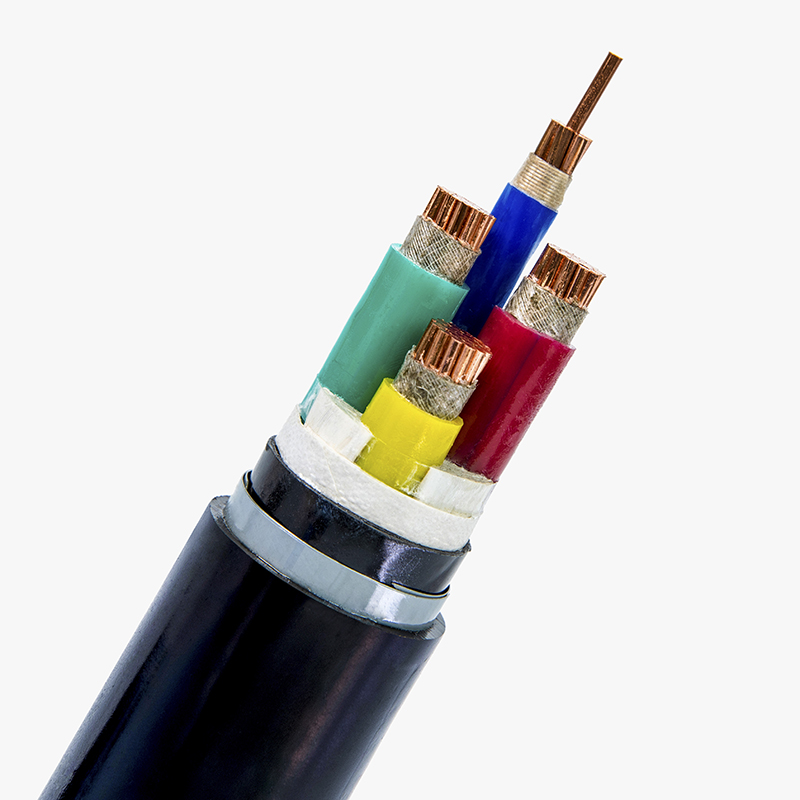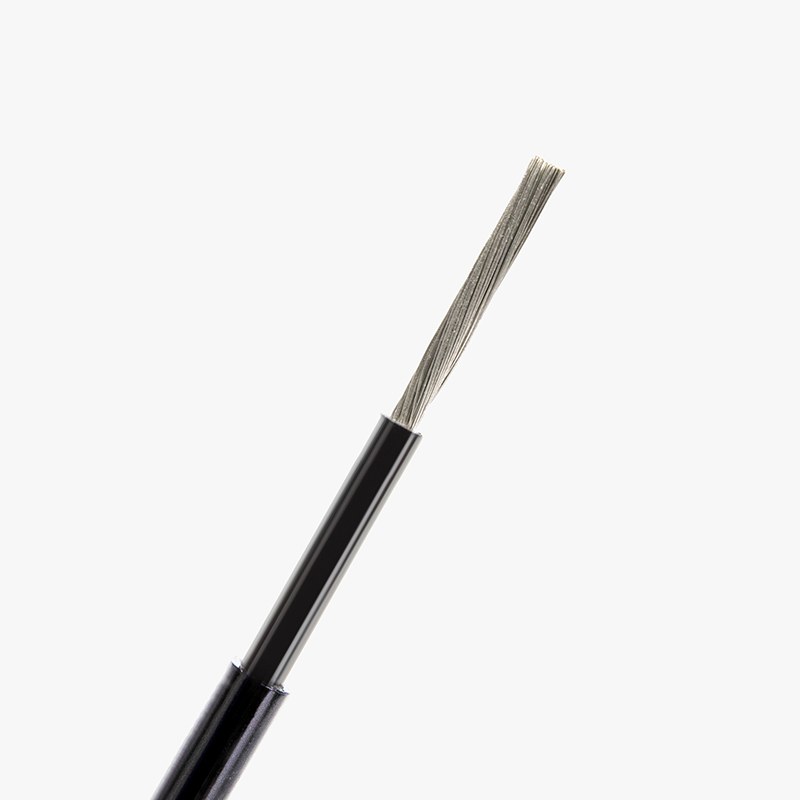Where is armored cable used?
Armored cable is widely used in various demanding environments such as underground installations, industrial facilities, power plants, and outdoor applications where mechanical protection is essential. It is especially common in areas exposed to physical damage or high moisture, ensuring safe and continuous power supply even under challenging conditions.
Armored cable is typically used when added mechanical protection is needed beyond what standard electrical cable provides. These cables are ideal for high-traffic areas, hazardous environments,
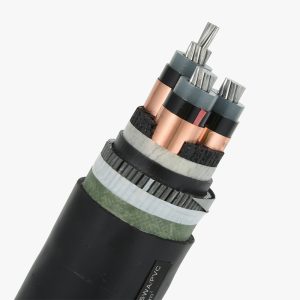
and installations where rodents or accidental damage could compromise unarmored cables. Choosing armored
cable ensures greater safety and long-term reliability.
The main difference between armored and unarmored cables lies in the protective layer. Armored cable includes a metal armor layer, often made of steel wire or tape, which protects the cable from physical damage. Unarmored cable lacks this protection and is better suited for less demanding environments. QRUNNING, a trusted manufacturer with over 30 years of experience, supplies both armored and unarmored cables designed for different applications and environments.
Keep reading to understand more about the advantages and applications of armored cable for your next project.
What is the purpose of armored cables?
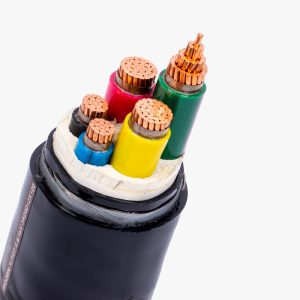
Armored cables serve a vital purpose in protecting electrical wiring from mechanical stress, environmental hazards, and potential physical damage. These cables feature an outer armor made of steel wire or aluminum, offering additional strength and durability. Suppliers and manufacturers design armored cable specifically for use in construction sites, industrial zones, and underground electrical systems, where risks such as impact, pressure, or animal interference are high. The armored layer allows the cable to withstand extreme conditions without compromising electrical performance, making it a reliable choice for contractors and project developers seeking enhanced safety and lifespan.
What is the difference between armored cable and normal cable?
Armored cable differs from normal (or standard) cable in terms of construction and durability. While normal cable typically features insulation and a protective sheath, it lacks the reinforced metallic layer that armored cables include. This armor layer—commonly made of galvanized steel wire or aluminum tape—adds protection against mechanical stress, moisture, and external interference. As a result, manufacturers recommend armored cable for industrial and outdoor environments, while normal cables are generally used in controlled indoor settings. Distributors and suppliers often offer both types, allowing buyers to choose based on installation needs, environmental exposure, and safety requirements.
What is the role of armored cable?
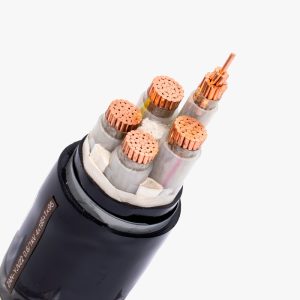
The primary role of armored cable is to ensure electrical continuity and safety in hazardous or high-risk environments. The armor layer acts as a defensive shield, protecting the inner conductors from crushing, cutting, and environmental elements like water, chemicals, or vermin. Manufacturers produce armored cables for installation in power distribution networks, substations, and outdoor or underground projects. For example, QRUNNING supplies armored cable in developing countries like Ethiopia and Angola, where power infrastructure must be both reliable and durable. By choosing armored cable from trusted suppliers, project owners reduce risks of outages and improve the longevity of their electrical systems.
How to Choose the Right Size Armored Cable for Your Project?
Choosing the right size armored cable depends on several key factors: load capacity, voltage level, installation environment, and safety standards. It’s crucial to calculate the total current load the cable will carry and match it to the appropriate conductor size. Overloading a cable can lead to overheating and failure. Additionally, consider the cable’s length and voltage drop to maintain efficiency. Reputable manufacturers and suppliers like QRUNNING offer technical support and OEM/ODM services to help customers select suitable cable sizes. Accurate sizing not only ensures electrical safety but also complies with local regulations and industry best practices.
Where are armored cables permitted to be installed?
Armored cables are permitted in a wide range of locations where additional
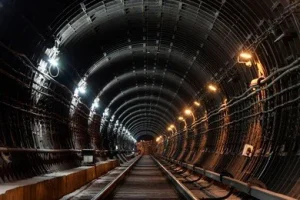
mechanical protection is required. These include underground installations, external walls, exposed environments, and within industrial facilities where vibrations or impact may occur. According to international electrical standards, armored cables can be laid directly in the ground or in conduits without the need for further protective casing. Manufacturers design these cables to endure extreme conditions such as moisture, rodent attacks, and mechanical wear. Suppliers and project contractors often choose armored cable for installations in areas like basements, outdoor buildings, substations, and renewable energy fields where safety and performance are paramount.

